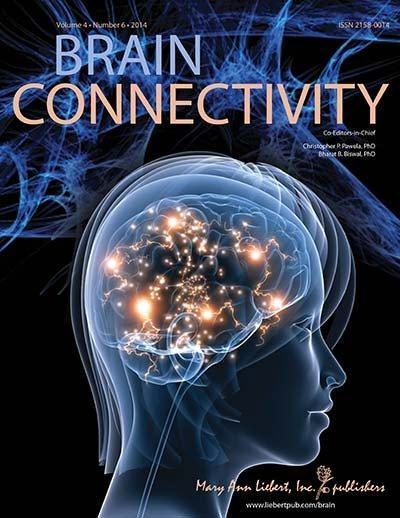 Findings from a recent study published in the journal NeuroImage: Clinical showed that altered gray and white matter morphometry in cerebellar and frontal cortical regions may contribute to, or result from, pain-relevant dysfunction in patients with Fibromyalgia (FM).
Findings from a recent study published in the journal NeuroImage: Clinical showed that altered gray and white matter morphometry in cerebellar and frontal cortical regions may contribute to, or result from, pain-relevant dysfunction in patients with Fibromyalgia (FM).
Chronic pain is a key symptom of patients suffering from FM. This functional pain disorder is characterized by altered resting functional connectivity, associated with spontaneous pain intensity, and which can be normalized following longitudinal therapy. FM also exhibits decreased gray matter volume in the medial frontal gyri and increased gray matter volume in cerebellum. Altered white matter microstructure in FM has been noted with DTI in the thalamus and post central gyrus. Advances in non-invasive structural neuroimaging, including voxel-based morphometry (VBM), diffusion tensor imaging (DTI), and surface-based cortical thickness analyses, have been used to investigate altered brain structure associated with several conditions.
In order to provide a detailed analysis of brain structural connectomics in FM patients suffering from chronic pain, in their study titled “Fibromyalgia is characterized by altered frontal and cerebellar structural covariance brain networks,” Hyungjun Kim from the Athinoula A. Martinos Center for Biomedical Imaging at Harvard Medical School along with colleagues compared the voxel-based morphometry structural covariance networks in 42 patients with fibromyalgia patients and in 63 age- and sex-matched pain-free adults. Using spectral partitioning, the researchers examined network topology and also investigated white matter connectivity between regions comprising these submodules and assessed the relationship between probabilistic white matter tractography and pain-relevant clinical metrics.
Based on the structural covariance network analysis the results revealed in the patients with FM more connections within the cerebellum, and in the healthy individuals more connections in the frontal lobe. Results from the spectral partitioning identified in FM patients a distinct submodule with cerebellar connections to medial prefrontal and temporal and right inferior parietal lobes, whose gray matter volume was related with depression severity. The researchers also found a relationship between evoked pain sensitivity and volume for a submodule encompassing lateral orbitofrontal, inferior frontal, postcentral, lateral temporal, and insular cortices. Results also showed that the number of white matter fibers between specific submodule regions was also related to measures of clinical pain interference and evoked pain sensitivity.

